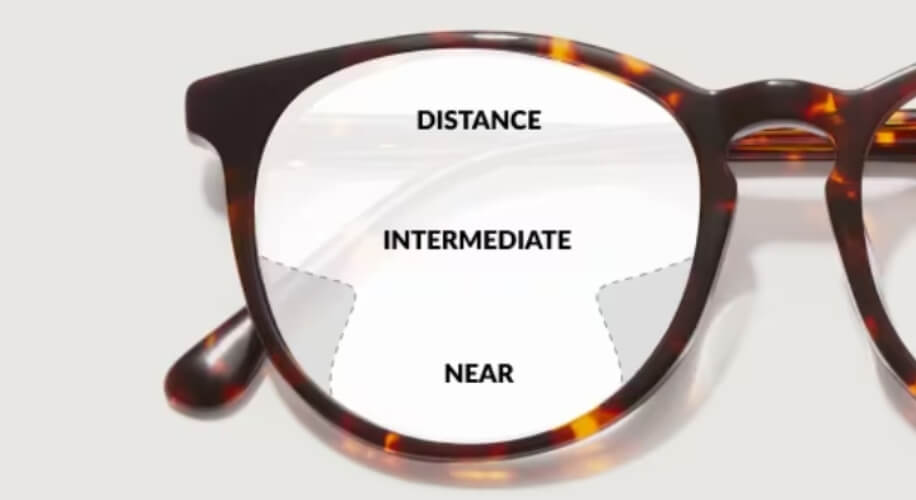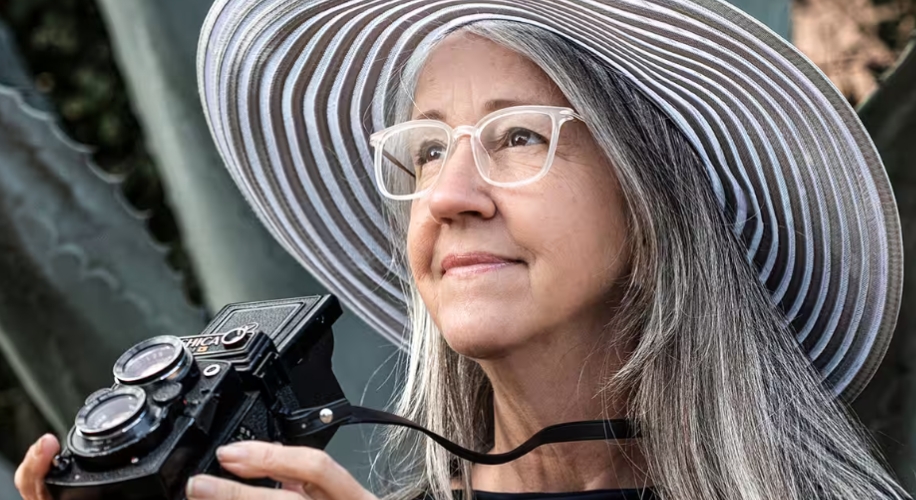A Guide to Adapting to Progressive Lenses

Embarking on the journey with progressive lenses opens up a world of seamless transitions across various viewing distances, eliminating the need for multiple pairs of glasses. For those new to progressive lenses, adjusting to them may require time and patience. However, with practical tips, you can expedite this adaptation period and fully experience the benefits of your new eyewear. Let’s delve into effective strategies to adapt to progressive lenses and regain clear, comfortable vision.

Understanding Your Progressive Lenses
Before delving into adaptation tips, a fundamental understanding of your progressive lenses is crucial. These lenses are intricately designed with three main viewing areas:
- Upper Portion: Tailored for distance vision, ideal for activities like driving or enjoying scenic views.
- Middle Section: Provides a seamless gradient for intermediate distances, such as viewing computer screens or store shelves.
- Lower Segment: Optimized for reading and close-up tasks like texting or reading a book.
Knowing the location and purpose of each area on your lenses is the initial step toward effectively utilizing them.
Shop Frame
Essential Tips for Swift Adaptation
Adjusting to progressive lenses is a personal journey, but these universally helpful tips can make the transition smoother:
1. Start with a Positive Mindset
Approach your new lenses with optimism. Trust in the adaptability of your eyes and brain. A positive mindset significantly enhances the adaptation process.
2. Wear Your Progressives Full-Time
Consistency is paramount. Make your progressive lenses your primary eyewear, wearing them consistently throughout the day. This promotes quicker adaptation, as your eyes naturally learn to navigate different parts of the lens for various activities.
3. Maintain Proper Head and Eye Movement
With progressive lenses, effective head and eye movement is crucial. Instead of just glancing, practice pointing your nose toward your focal point and let your eyes follow. This ensures you utilize the correct part of the lens and reduces any initial sensations of swimming or swaying.
4. Take Your Time
Grant yourself a grace period to acclimate to your new lenses. Begin by focusing on stationary objects before progressing to tasks that demand more dynamic vision, such as walking or driving.
5. Check Your Frame Fit
Ensure your glasses fit snugly and align correctly with your eyes. An improper fit can interfere with how you see through your progressive lenses. If needed, visit your eyewear provider to have your frames adjusted for optimal comfort.
Shop Frame
Navigating Common Challenges
While adapting to progressive lenses, you may encounter common challenges:
- Blurry Vision: Ensure you’re looking through the correct lens section for your activity. If blurriness persists, consult your eyecare provider for a potential prescription adjustment.
- Motion or Distortion Sensation: Some users may feel a sense of motion, particularly in peripheral areas. This typically diminishes with time, but practicing recommended head movements can minimize this sensation.
- Digital Screen Usage: For prolonged screen time, position your monitor correctly – slightly below eye level at a comfortable distance. This allows you to utilize the intermediate section of your lenses.
Patience is key during this adaptation process. While most individuals adjust within a couple of weeks, some may require additional time. If difficulties persist, seeking guidance from your eyecare professional ensures a seamless transition to progressive lenses. At Zenni Optical, we understand the importance of this journey and are dedicated to supporting you every step of the way.
About the Author: Dr. Sophia Moh, OD, ABOC
Dr. Sophia Moh, OD, is an optometrist based in the Bay Area, California. She holds a doctorate from UC Berkeley School of Optometry and has worked in various eye care settings, including primary care optometry, general ophthalmology, community health clinics, and Veterans Affairs. Dr. Moh is dedicated to improving global vision health by making high-quality, affordable eyewear accessible to all. She is also a certified American Board Optician (ABO) and actively contributes to optical education through training and lectures.




 Canada
Canada